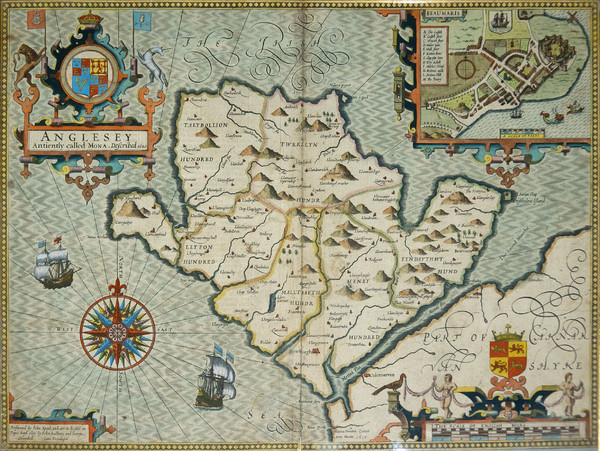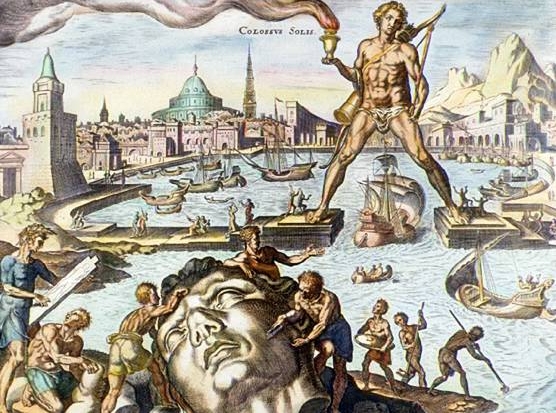ABC News has a clip about the newest royal couple paying a visit to Wales. In their first outing together since the announcement of their engagement, Prince William and Kate Middletown (looking fantastic in one of those peculiarly English fashion statements called a fascinator) visit the Isle of Anglesey, off the northwest coast of Wales.

The broadcaster calls their visit "probably the biggest thing ever to happen in Anglesey, this remote little island in Wales." O ye of little dynastic awareness! The Tudor dynasty came out of that exact area--in fact Henry Tudor, who later was crowned Henry VII (and fathered Henry VIII), was nicknamed the Black Bull of Anglesey. And Henry was William's great-great-great-great-great-great-great-great-great-great-great-great-great-great-great-great-grandfather.

I left the Firm in damn good shape, kid. Don't blow it.
But probably the biggest thing to happen today.

